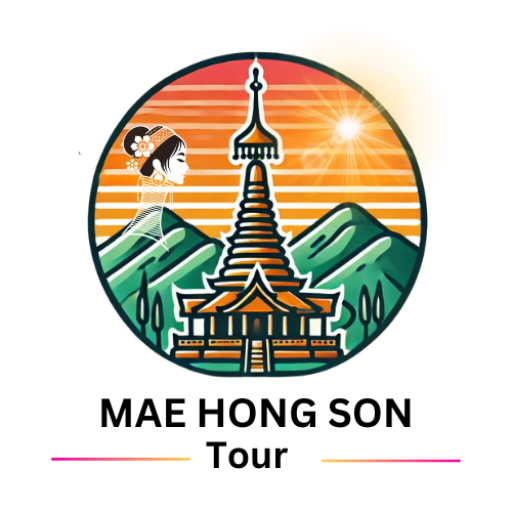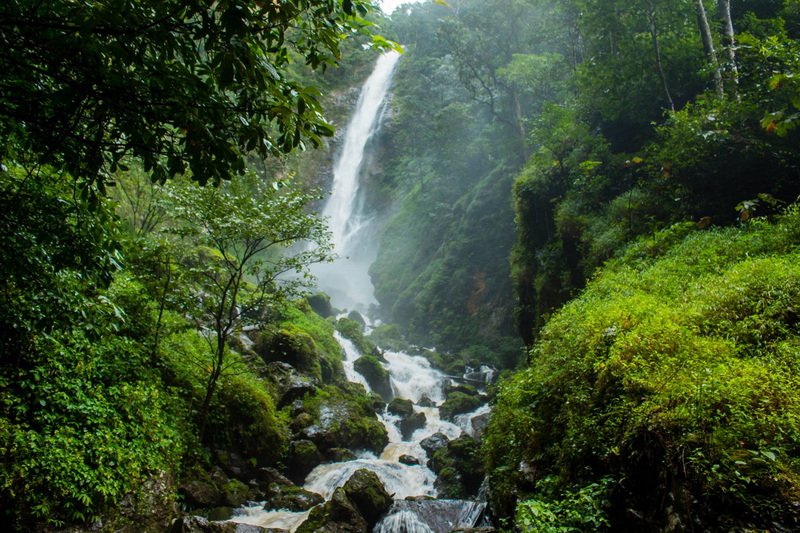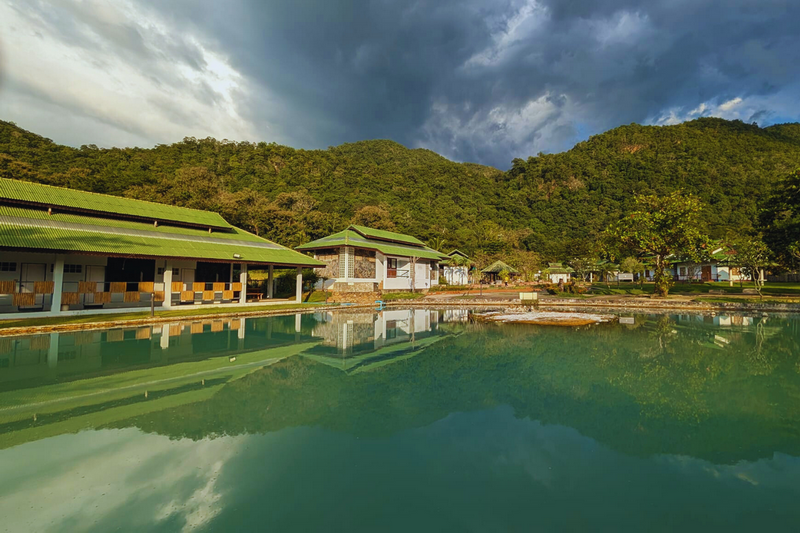Ban Huay Kung – Where Culture, Legends, and Wilderness Collide
Unearth the layers of Karen heritage, trek mythic trails, and let the mountains rewrite your definition of adventure.
The Land That Whispers Ancestral Stories
Ban Huay Kung isn’t just a village—it’s a living archive. Tucked in Mae Hong Son Thailand, this Karen settlement sits at the edge of the Thanon Thong Chai mountain range, where jagged peaks pierce the clouds and rivers carve stories into limestone. The terrain here isn’t just scenic; it’s sacred. Locals believe the mountains are the bones of ancient giants, and the forests hum with the whispers of “Phi Kong Koi”, playful forest spirits.
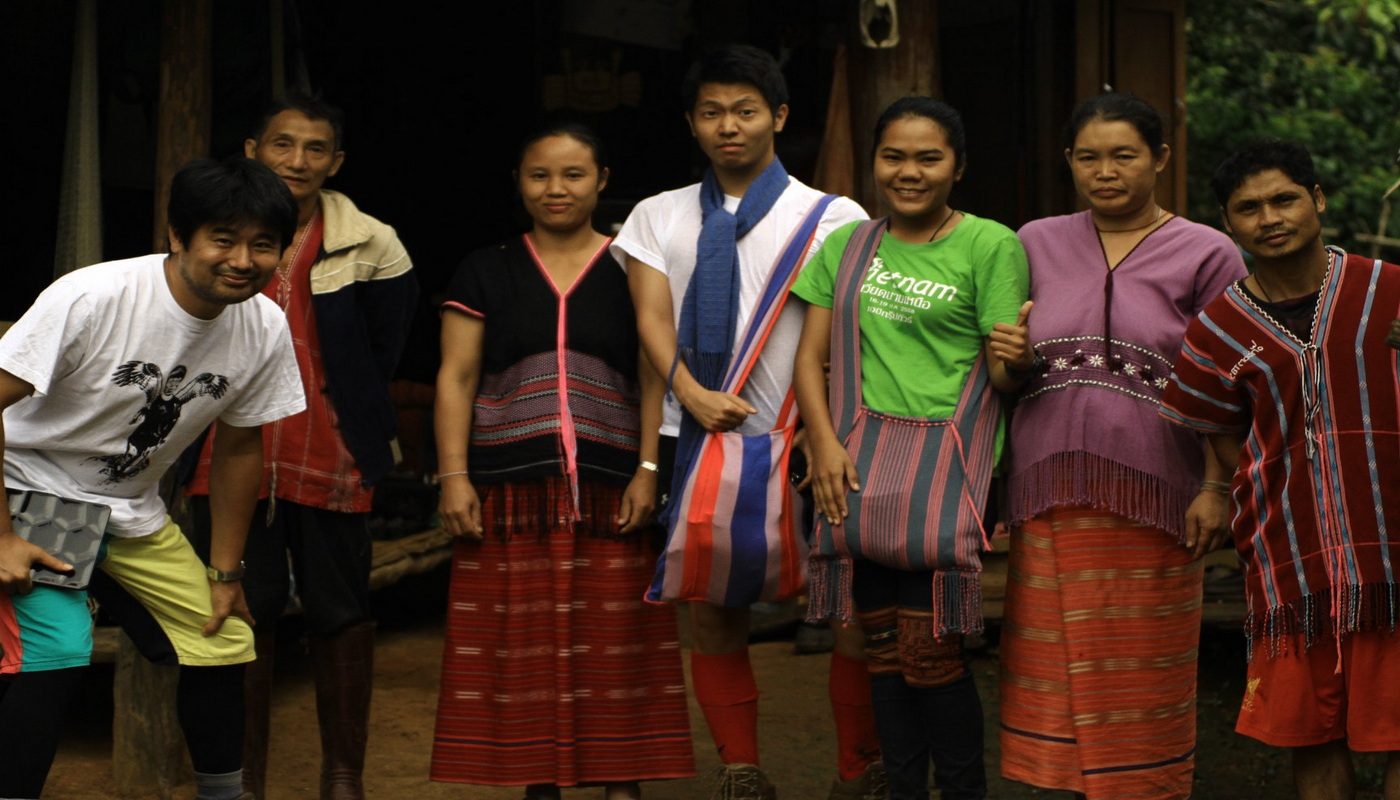
My First Impressions: A Warm Welcome
When I first arrived at Ban Huai Kaeo, I was struck by the warmth of the villagers. Despite the language barrier, their smiles and gestures spoke volumes. They invited me into their stilt houses, showed me how they weave intricate textiles, and even taught me a few words in their native tongue. It felt like being part of their family, even if just for a day.
A Tapestry of Karen Traditions
The Karen people of Ban Huay Kung have woven their lives into the land for over a century. Their stilted bamboo homes, built without nails, mirror designs passed down from ancestors who migrated from Myanmar. Spend a day here, and you’ll witness:
- Rotational Farming: A 7-year crop cycle that lets the forest regenerate, preserving soil fertility.
- Natural Dye Workshops: Learn to extract indigo from plants and create patterns that tell clan histories.
- Spirit Gates: Bamboo archways adorned with carved animals, believed to ward off evil.
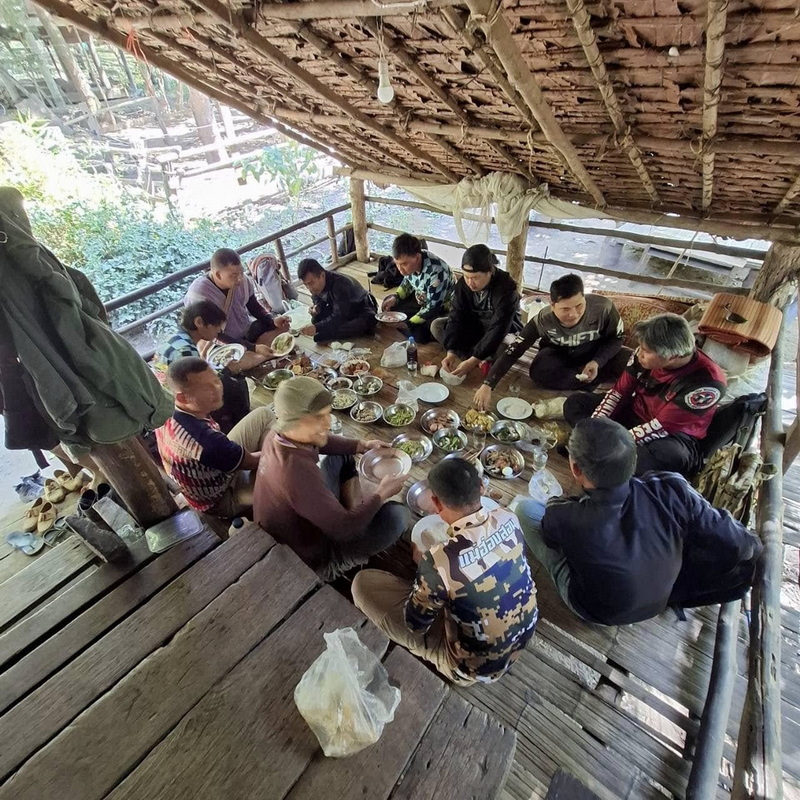
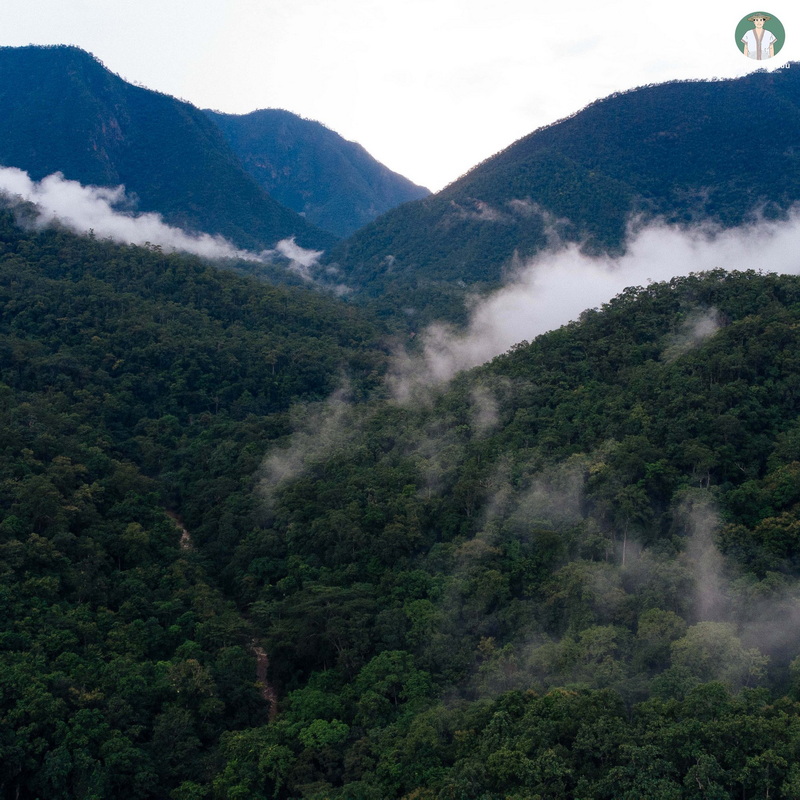
Adventures Rooted in Cultural Beliefs 🌿
While trekking Ban Huay Kung’s trails, you’ll discover that the village’s magic lies in its stories—tales passed down through generations to explain the unexplainable. These narratives aren’t just folklore; they’re a window into how the Karen people relate to their environment.
The Legends You’ll Hear 🗣️
-
Naga & the Waterfalls: Locals share myths of serpent spirits (Naga) guarding waterways. While swimming in jungle pools, guides might recount these tales, blending entertainment with lessons about respecting nature.
- Spirit of the Forest: Villagers attribute claw-like marks on trees to “Phi Suea” (Ghost Tiger), a guardian spirit. Whether literal or metaphorical, these stories reinforce a reverence for the wild.
-
Cave Whispers: Elders say echoes in limestone caves carry wishes to ancestors. Participate by shouting a hope—it’s less about magic and more about connecting to Karen oral traditions.
What Tourists Actually Experience:
-
Guided Storytelling Treks: Real hikes where guides share cultural myths as you navigate waterfalls and forests.
- Hands-On Learning: Decode how legends shape daily life, like why certain trees are never cut (“spirit homes”).
-
Authentic Rituals: Join a real Baci ceremony (string-tying for luck) or help prepare rice offerings for spirit shrines—practices that bond the community.
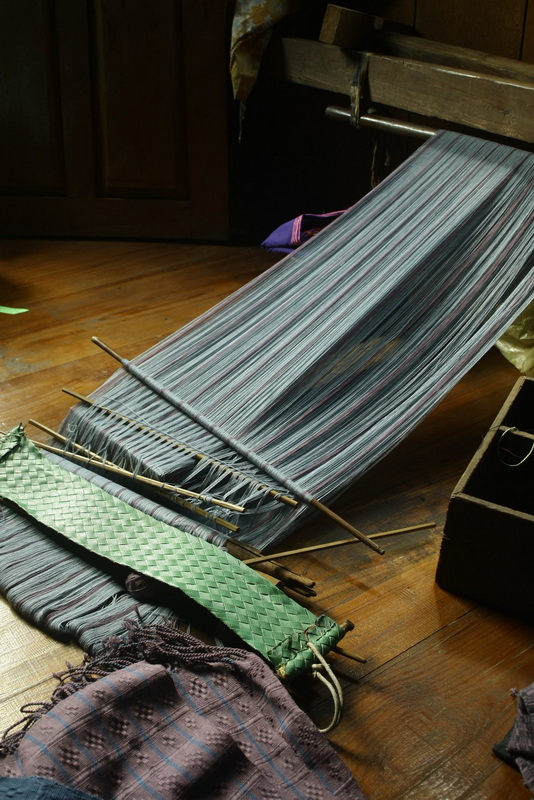
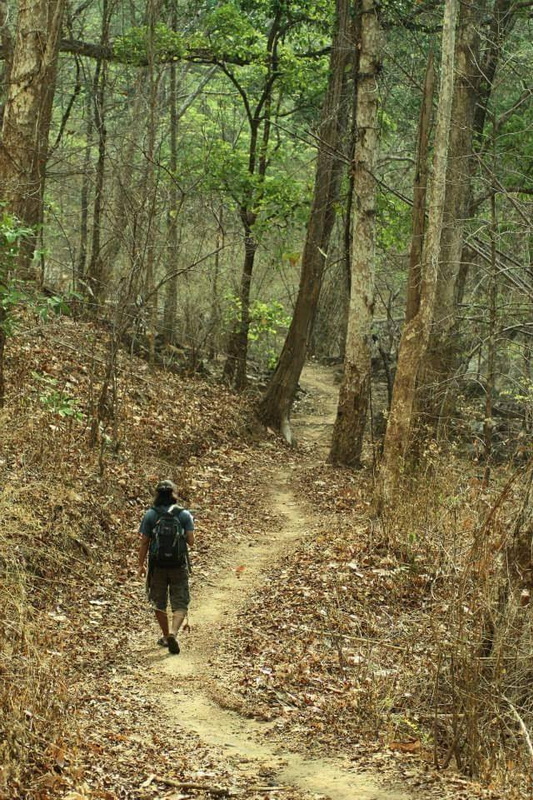
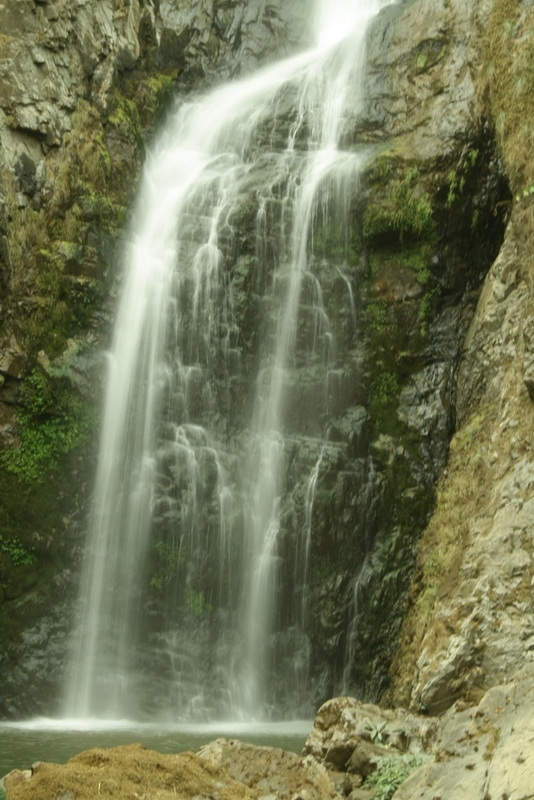
Rituals That Teach, Not Just Perform 🙏
In Ban Huai Kung, rituals aren’t staged shows—they’re lived traditions. Here’s what you’ll actually witness and learn:
- Spirit Offerings: At dawn, villagers place rice balls wrapped in banana leaves at forest shrines. This isn’t theater; it’s a gratitude practice for the land’s bounty. Join respectfully, and you’ll grasp how belief sustains eco-conscious living.
- Full Moon Gatherings: While there’s no formal “Moonlight Harvest Festival,” communal singing and dancing often erupt during bright nights. It’s a chance to see joy, not scripted routines.
-
Weaving Symbolism: Patterns in Karen textiles encode clan histories and spiritual motifs. Workshops teach you to read these “stories in cloth.”
What Tourists Gain 💡
-
Cultural Literacy: Understand how myths foster environmental stewardship (e.g., taboos against polluting “Naga-protected” streams).
- Human Connection: Share meals, laughter, and chores with families—no scripts, just genuine exchange.
-
Respect for Ambiguity: Whether spirits “exist” matters less than seeing how beliefs shape a sustainable, tight-knit community.
Sustainability as a Way of Life 🌱
Ban Huay Kung isn’t just preserving traditions—it’s pioneering eco-tourism. Profits from homestays fund reforestation projects, and visitors can plant teak saplings that’ll tower over their grandchildren. The village banned single-use plastics in 2018, and meals are served on banana leaves. Even the trekking trails are maintained by the community using sustainable tools and zero-emission practices. Here, every step supports the forest—and the future.
What We Offer
Nearby Attractions
Namtok Mae Surin National Park
Home to Thailand’s tallest waterfall (380 meters), where monsoon rains transform it into a thunderous roar visible from miles away.
Soak in geothermal pools where steam rises like dragon’s breath. Locals swear the sulfur-rich waters cure everything from arthritis to heartbreak.
How to Get There
Start your journey on the Mae Hong Son package tours, a 600-km odyssey through northern Thailand’s most dramatic landscapes. From Muang Mae Hong Son, a 3-hour off-road drive winds through terraced fields and bamboo groves. Pro tip: Rent a 4×4—the final 10 km is a mud-slicked challenge that’ll test your driving grit.
Baan Huay Kung village isn’t a pit stop—it’s a pilgrimage. Come to trek trails etched with legends, feast on stories served with chili paste, and sleep under skies so starry, you’ll forget cities exist. Leave with mud on your boots, blessings on your wrists, and a soul recalibrated by wilderness.
Let Ban Huai Kung’s mountains school you in wonder—class starts at sunrise, no textbooks required.
